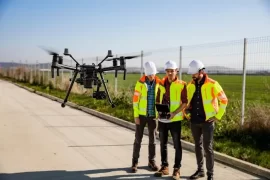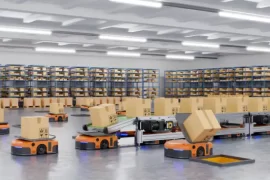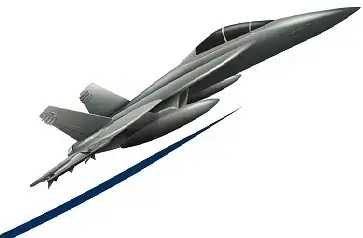Organizations are increasingly adopting innovative methods to enhance asset management strategies. One such technique involves creating virtual replicas of physical assets, allowing for real-time monitoring, analysis, and optimization. This approach bridges the physical and digital realms, enabling unprecedented precision and efficiency in operations.

Asset management has evolved significantly from reactive maintenance practices to more proactive and predictive approaches. Implementing Digital Twin technology represents the next frontier in this evolution, offering real-time insights and simulation capabilities that drive informed decision-making. Let’s explore how this technology revolutionizes asset management across industries and delivers substantial benefits to organizations worldwide.
Enhancing Asset Management Through Virtual Replication
Digital Twin technology creates a virtual representation of physical assets, systems, or processes that mirrors their real-world counterparts in real time. This dynamic, digital replica continuously collects data from sensors, IoT devices, and other sources to provide an accurate, up-to-date model of the asset’s condition and performance.
This technology offers asset management professionals a comprehensive view of assets throughout their lifecycle. The virtual model captures the physical dimensions and characteristics, operational data, maintenance history, and performance metrics. By integrating this information into a single, cohesive platform, organizations gain valuable insights previously unavailable or difficult to access.
Predictive Maintenance and Failure Prevention
One key benefit of predictive maintenance is its ability to detect potential equipment issues before they escalate into failures. Organizations can proactively address anomalies by continuously monitoring asset performance and condition, reducing unplanned downtime, and extending equipment lifespan.
This predictive approach transforms traditional maintenance practices in several ways:
- Detection of early warning signs that might be missed in routine inspections
- Accurate forecasting of component degradation and remaining useful life
- Simulation of various failure scenarios to develop effective preventive measures
- Optimization of maintenance schedules based on actual asset conditions rather than fixed intervals
- Reduction in unnecessary maintenance activities and associated costs
For example, Digital Twins can monitor equipment vibration patterns, temperature fluctuations, and other parameters in manufacturing facilities to detect subtle changes that often precede mechanical failures.
Enhanced Decision-Making Through Real-Time Insights
Advanced virtual modeling tools provide decision-makers with real-time, actionable insights. These tools are especially valuable in asset-intensive industries where operational choices carry significant financial implications. By integrating data from various sources, these tools offer a unified view of asset performance and condition, enabling informed decisions on resource allocation, capacity planning, and investments. Companies utilize such models in the renewable energy sector to optimize assets by analyzing environmental data, equipment efficiency, and power demand patterns.
Optimizing Asset Performance and Efficiency
Beyond maintenance and decision support, Digital Twin technology drives significant improvements in asset performance and operational efficiency. Organizations can identify optimization opportunities that might otherwise remain hidden by analyzing historical and real-time data. The technology enables precise calibration of operational parameters to achieve optimal performance. Even minor adjustments can yield substantial efficiency gains when applied consistently over time for complex systems like manufacturing lines or power plants.
Knowledge Transfer and Training Applications
Virtual models serve as an effective platform for knowledge transfer and training within organizations. They provide a realistic environment for training new personnel without the risks associated with hands-on training on actual equipment. Maintenance technicians can practice complex procedures in a virtual setting, gaining confidence and proficiency before working on physical assets. Similarly, operators can use simulations to explore various operational scenarios, improving their decision-making skills and response to abnormal conditions.
Integrating Digital Twin technology into asset management strategies significantly advances how organizations monitor, maintain, and optimize their critical assets. By creating virtual replicas that accurately reflect physical assets in real time, this technology delivers actionable insights that drive better decisions and outcomes. The future of asset management lies in harnessing the power of digital replicas to unlock new possibilities and address longstanding challenges in innovative ways.







